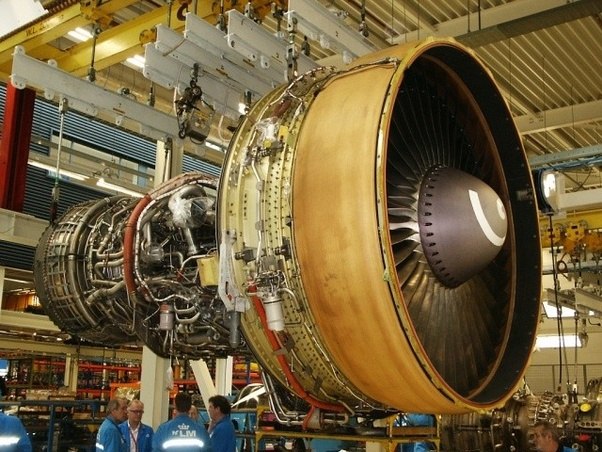The term “industrial fans” is meant to be a fan which can take a high load and, is basically used in heavier construction area meeting the demands of the industrial actions and operations. Whereas, Industrial Blowers are electro mechanical devices which are used for electronics framework to prompt gas flow through ducting, and process stacks, etc. Industrial Fan is used in the case wherever proper flow is needed such as for exhausting, cooling, aspirating, conveying and many others. Blowers are used to increase the airflow on engines, cool electronic compounds, induce drafts in boilers, and are also configured in a variety of designs such as centrifugal flow.
Components of Fan/Blower System
Some of the components which are used industrial fans are:
- Outlet Diffusers
- Heat Exchanger
- Baffles
- Filter for filtering purposes
- Inlet Vanes
- Belt Drive
- Motor
- Variable Frequency Drive
- Motor Controller
- Turning Vanes
Types of Industrial Fan and Blowers
Centrifugal or Radial Fan/ Blowers
Centrifugal Blowers and Fans offer a number of blade positions, including forward curves, backward curves, and radial curves. Centrifugal blowers use high-speed rotator or blades to transmit velocity to air and other gases. Blowers can be of variable speed. They are usually run by electric motors, a belt and sheave arrangement. There are some centrifugal blowers which are directly coupled to drive motors and do not use belt and sheave arrangement. By resizing sheaves and using variable speed drives, the fan speed can be changed to vary flow rates.
Axial Fans
Axial fans have two or more blades and it also uses a propeller, to circulate the air in an axial direction through a cylindrical housing or a formed orifice panel. Axial Fans can be used in any temperature. The prices are also cheap from other fans in the market.
Positive Displacement Blowers
Positive displacement Blowers can be driven by hydraulic motors, gas engines etc. in unusual situations but are often driven by direct-coupled electric motors. Among Positive Displacement Blowers, the Rotary lobe is common, which uses 2 counter-rotating lobed rotors to move fluid through the blower. Some of the important parts of the Fan/Blower are Impeller, Shroud, Blade, Hub, Inlet, Housing, Outlet and Guide Vanes.
Important Attributes of Industrial fan and Blowers
Blower Type
Checking centrifugal or positive displacement will separate search the results into different blower types. There are some non-industrial blowers which can be selected here as well, for instance, Airpro.
Blades
Backward inclined and forward curved are referred to as centrifugal blowers and thus related to the orientation of the blades. Backward inclined blades tend toward higher efficiencies. Forward curving blades circulate larger quantity of air than the backward inclined blade. An important consideration for blowers handling is that they can be self-cleaned.
Flow Capacity
Blower capacity is generally rated in cubic feet per minute. This attribute is important while selecting a blower. There are many more things like the angle of the blades improves the air circulation quality and the age of the blade affects the air flow for its curved nature.
Port Design
The choices of duct, round, flange and rectangular are applied to both inlet and outlet ports as per the port design so that you can get the maximum output. Still if you want something customized then you can also find that as per your need.
An Important conclusion is that many companies such as AirPro, Reitz India, NADI Airtechnics and Atomberg are selling these different types of Industrial Fans and Blowers. They are using various technologies and also implementing new technologies for energy efficient fans. Now you don’t have to worry about the price range and the quality of product you will be buying. Click here to find out the best industrial fans and blowers.







